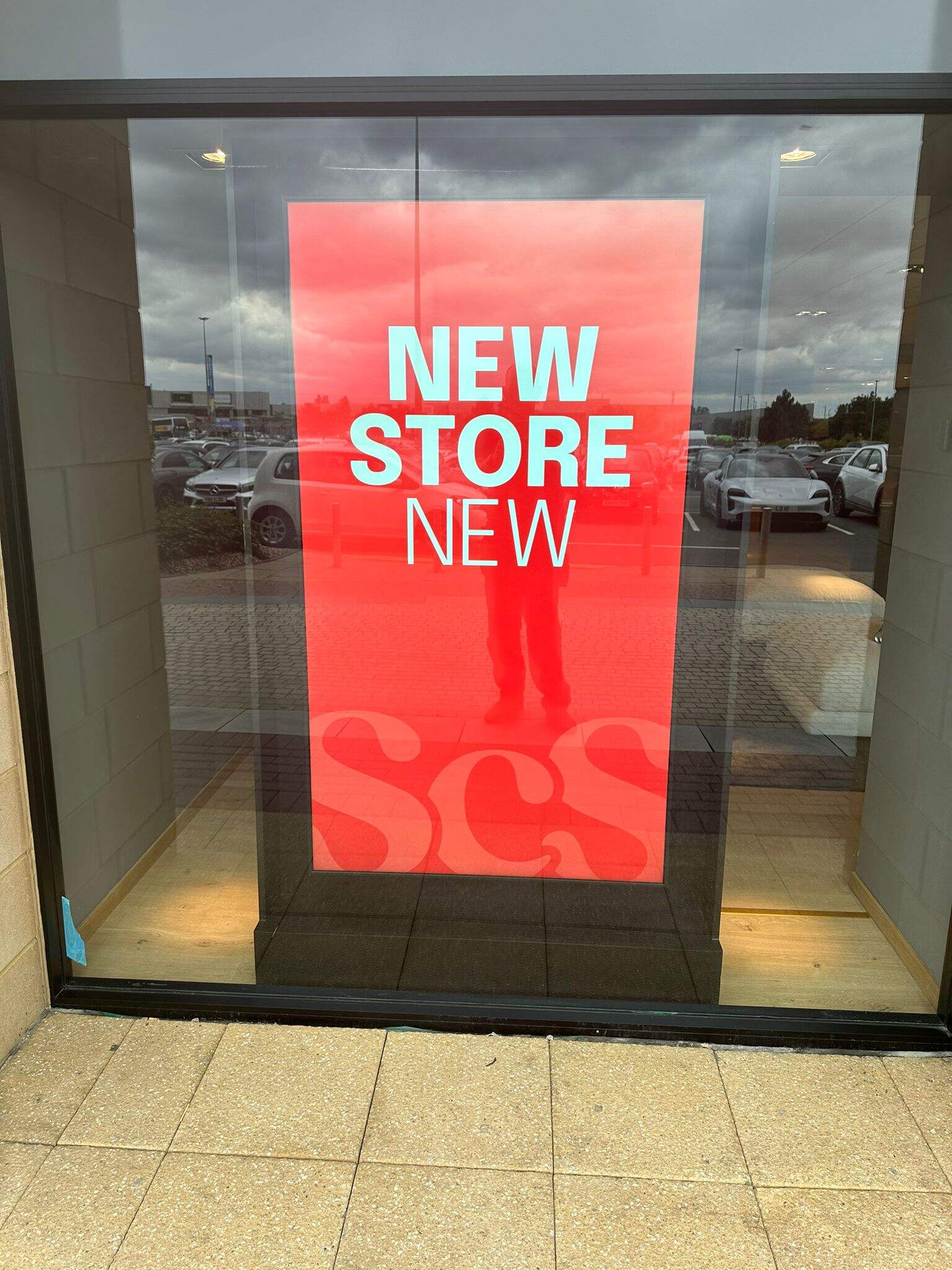
The retail landscape has undergone a dramatic transformation in recent years, with digital window displays emerging as a powerful tool for capturing customer attention and driving engagement. These dynamic visual solutions are revolutionizing how businesses communicate with their audience, creating immersive experiences that blur the line between physical and digital realms. From boutique storefronts to massive department stores, digital window displays are redefining the art of visual merchandising.
The evolution from traditional static window displays to their digital counterparts represents more than just a technological upgrade – it's a fundamental shift in how retailers approach customer interaction. Digital window displays offer unprecedented flexibility, allowing businesses to adapt their messaging instantly and create memorable brand experiences that resonate with modern consumers.
At the heart of every digital window display lies advanced display technology. Modern systems utilize ultra-bright LED panels specifically designed for window installations, capable of delivering crystal-clear content even in direct sunlight. These displays typically feature resolutions of 4K or higher, ensuring that every detail of your content appears sharp and professional.
The latest generation of display panels also incorporates anti-glare technology and wide viewing angles, ensuring optimal visibility from various positions outside the store. This technical sophistication allows for true-to-life color reproduction and maintains image quality regardless of ambient lighting conditions.
Behind every successful digital window display is a robust content management system (CMS). These sophisticated platforms enable retailers to schedule, update, and manage content across multiple displays from a centralized location. Modern CMS solutions offer intuitive interfaces that allow staff to make real-time content adjustments without specialized technical knowledge.
Advanced CMS features include dynamic content triggering, allowing displays to change based on time of day, weather conditions, or special events. This level of automation ensures that window displays remain relevant and engaging while minimizing the manual effort required for content updates.

Modern digital window displays are equipped with sophisticated touch and gesture recognition technology, enabling passersby to interact with content directly through the glass. This interactive capability transforms the traditional window shopping experience into an engaging, two-way communication channel between the brand and potential customers.
Advanced sensors can detect movement patterns and dwell time, providing valuable analytics about customer engagement. This data helps retailers optimize their content strategy and understand which displays are most effective at capturing attention.
Digital window displays increasingly feature seamless integration with mobile devices and social media platforms. QR codes and NFC technology enable customers to instantly access additional product information, special offers, or exclusive content on their smartphones. This bridge between physical and digital shopping experiences creates a cohesive omnichannel strategy.
Social media feeds can be incorporated into display content, showcasing user-generated content and real-time social proof. This integration helps build community engagement and leverages the power of social influence in the purchase decision process.
Quality digital window displays are engineered to withstand various environmental challenges. They feature robust thermal management systems to maintain optimal operating temperatures, regardless of direct sunlight exposure or seasonal changes. Advanced cooling systems and heat-resistant components ensure reliable performance in demanding conditions.
Protection against moisture, dust, and other environmental factors is crucial for longevity. High-grade enclosures and specialized protective glass treatments help maintain display clarity while protecting the sensitive electronic components within.
Proper installation of digital window displays requires careful consideration of structural requirements and power management. Professional mounting systems must account for the significant weight of display panels while maintaining aesthetic appeal. Cable management solutions ensure a clean, professional appearance while providing easy access for maintenance.
Power consumption optimization features help manage operating costs, with many modern displays incorporating energy-efficient LED technology and smart power management systems that reduce electricity usage during off-peak hours.
Effective digital window displays require thoughtful content strategies that balance attention-grabbing visuals with clear messaging. High-quality motion graphics, video content, and animated transitions help create eye-catching displays that stop pedestrians in their tracks. Content should be designed with viewing distance and movement speed in mind.
Regular content updates keep displays fresh and relevant, with seasonal themes, promotional campaigns, and brand storytelling working together to create a compelling narrative that draws customers into the store.
Maintaining brand consistency across digital window displays is crucial for building recognition and trust. Visual elements, typography, and color schemes should align with established brand guidelines while taking advantage of the dynamic capabilities of digital displays. Clear visual hierarchy ensures that key messages are immediately apparent to viewers.
Professional design principles such as contrast, balance, and white space remain important considerations in digital display content, helping to create visually appealing and effective communications that enhance the overall store presence.
With proper maintenance and care, quality digital window displays can last 5-7 years or more. The actual lifespan depends on factors such as usage hours, environmental conditions, and the quality of the components used. Regular maintenance and updates can help extend the life of the display system.
Power consumption varies based on display size and brightness settings, but modern LED-based digital window displays are increasingly energy-efficient. A typical medium-sized display might consume between 300-800 watts during operation, with smart power management features reducing consumption during off-hours.
Yes, modern digital window displays are designed with high-brightness panels and anti-glare technology specifically for storefront applications. Quality displays typically offer brightness levels of 2,500-3,500 nits or higher, ensuring content remains visible even in direct sunlight.

Copyright © 2025 Shenzhen YJCen Technology CO.,Ltd. All rights reserved. - Privacy policy